All the Mammals of the World
Original price was: $113.92.$102.53Current price is: $102.53.
Illustrators
In stock
Original price was: $113.92.$102.53Current price is: $102.53.
Weight
4.3 kg
Size
24 × 31 cm
Pages
800
Publishing date
May 2023
Published by
Lynx Nature Books
Illustrators
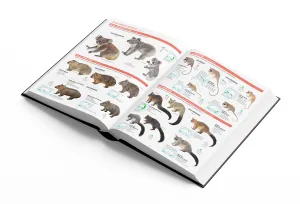
Explore the wealth of details and features on each richly illustrated page.

Buy the All the Birds of the World y All the Mammals of the World bundle and enjoy a special discounted price.
Description
For the first time ever, you can contemplate All the Mammals of the World together in a single easy-to-use, fully illustrated volume. Created for a broad public, from wildlife enthusiasts to expert mammalogists, reseachers, conservationists, and anyone interested in the spectacular diversity of mammals, this book has something for everyone.
- Presents 6581 species in total, including 6459 extant wild species, 19 domestic species and 103 extinct species.
- 7349 illustrations covering all species as well as sexual dimorphism, morphs and some distinctive subspecies.
- Relevant measurements for length and mass provided when available, as well additional data for groups where important.
- 6459 distribution maps, with written summary and notes on altitudinal ranges.
- All 2834 one-country endemic species clearly marked.
- Species common names provided in English, French, German and Spanish, as well as scientific names.
- The IUCN Red List category of extinction risk is given for each species to highlight the importance of study and conservation.
- Taxonomic summary of number of subspecies for each taxon.
- Appendix listing all taxonomic changes from the Illustrated Checklist of the Mammals of the World to the present, including 107 newly described species and 106 split species, and explaining the most important cases.
- More than 100 species known to have become extinct since the year 1500 presented separately with texts and distribution maps in their own appendix.
- Summary of recognized domestic species provided in a separate appendix.
- A 37-page world atlas of color reference maps, with relevant details of interest to mammal enthusiasts and professionals.
- The easiest and most enjoyable way to browse through all the mammals of the world.
All the Mammals of the World has two clear antecedents, with which it shares many of its goals, especially that of spreading and promoting interest in mammals and wildlife worldwide: the Handbook of the Mammals of the World series in 9 volumes, the first printed work to include all the mammals of the world; and the Illustrated Checklist of the Mammals of the World in two volumes, which provides a taxonomic review of the previous publication. All the Mammals of the World in a single volume aims to bring the extraordinary richness and diversity of the world’s mammals closer to a wider audience.
There are a number of differences between All the Mammals of the World and the Illustrated Checklist in two volumes. An obvious one is that the current book is a single volume, and its price is much less than that of the Checklist. We hope it will be more accessible to many more people for whom the Checklist was perhaps too technical and not so affordable.
To summarize, for the first time ever, the reader can contemplate all of the world’s mammal species in a single, easy-to-use, illustrated volume, and at significantly lower price than even one volume of the other works covering the mammals of the world. We hope that this new book will reach a large number of people, sparking and growing their interest in mammals and wildlife, and that for many of them, it will be a first step toward a passion for nature, biodiversity and the preservation of our planet.
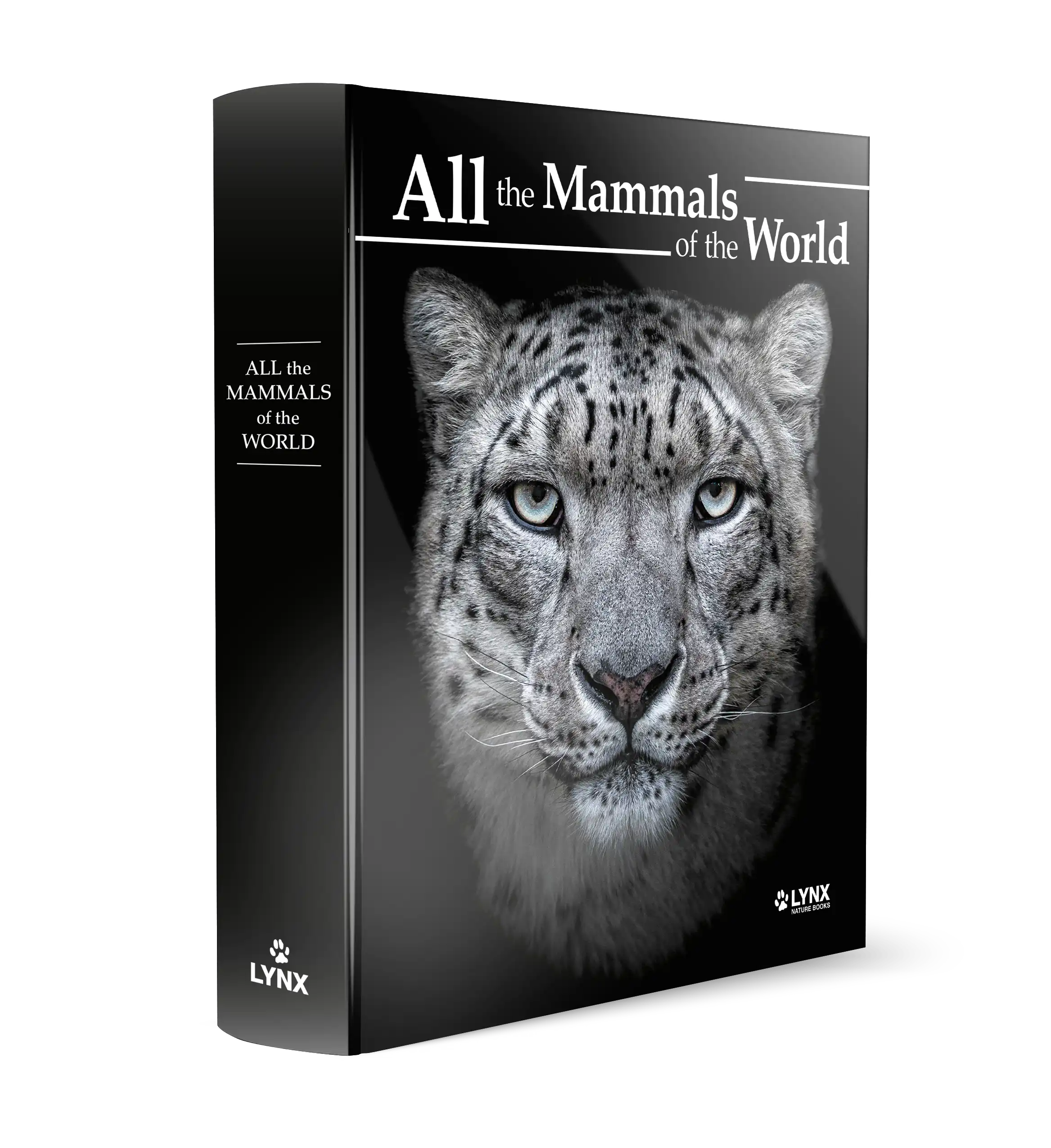
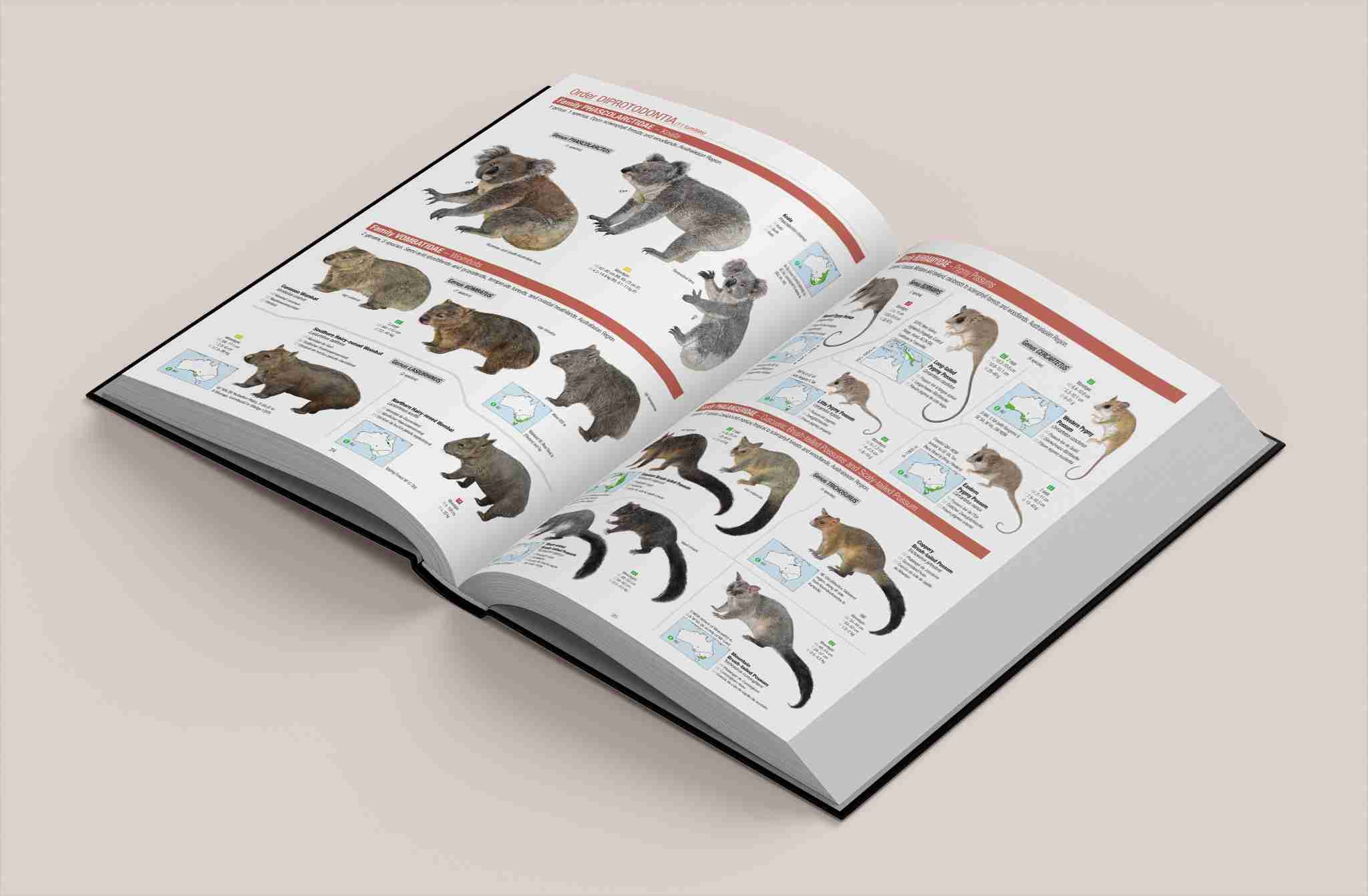
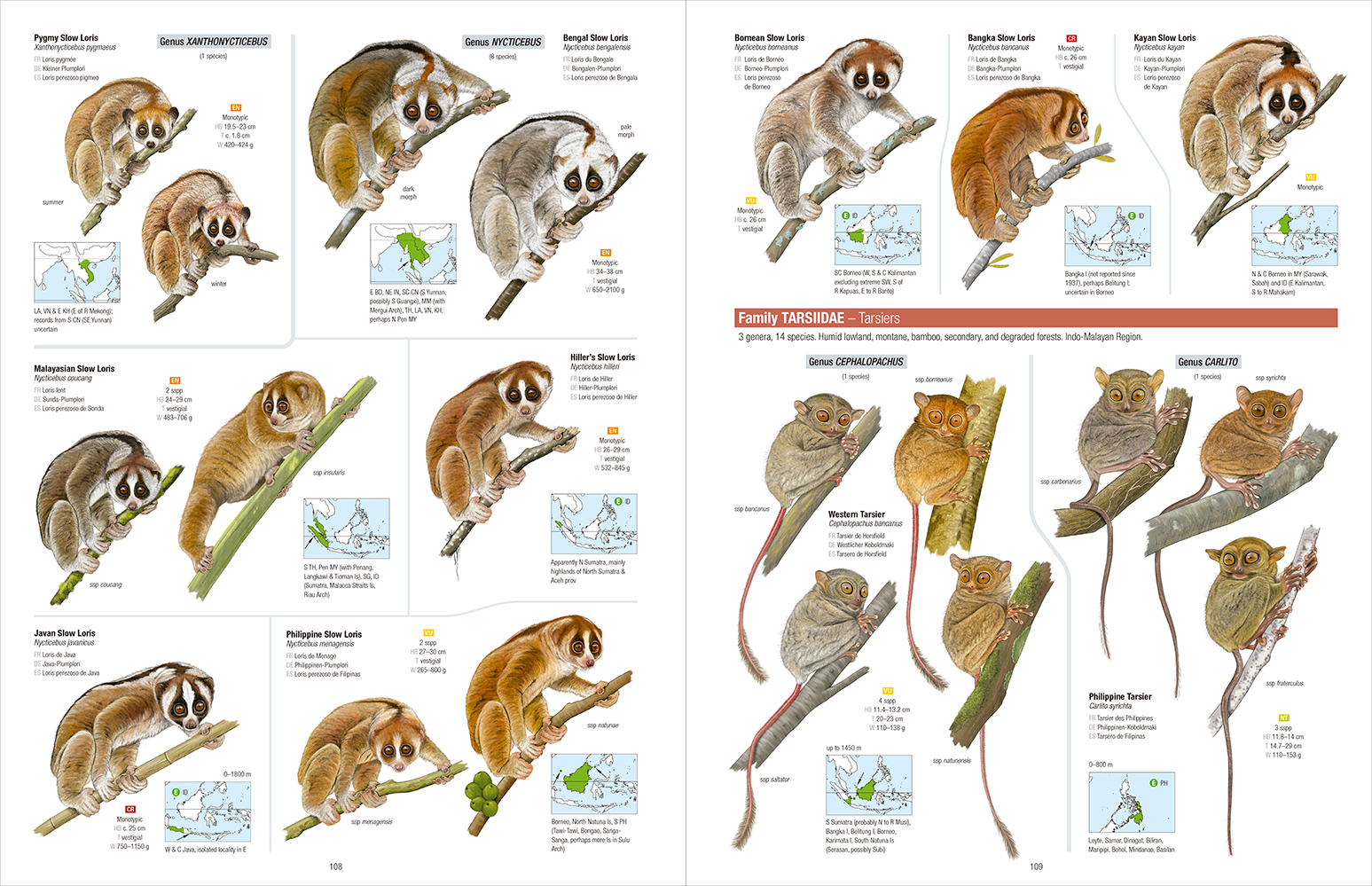
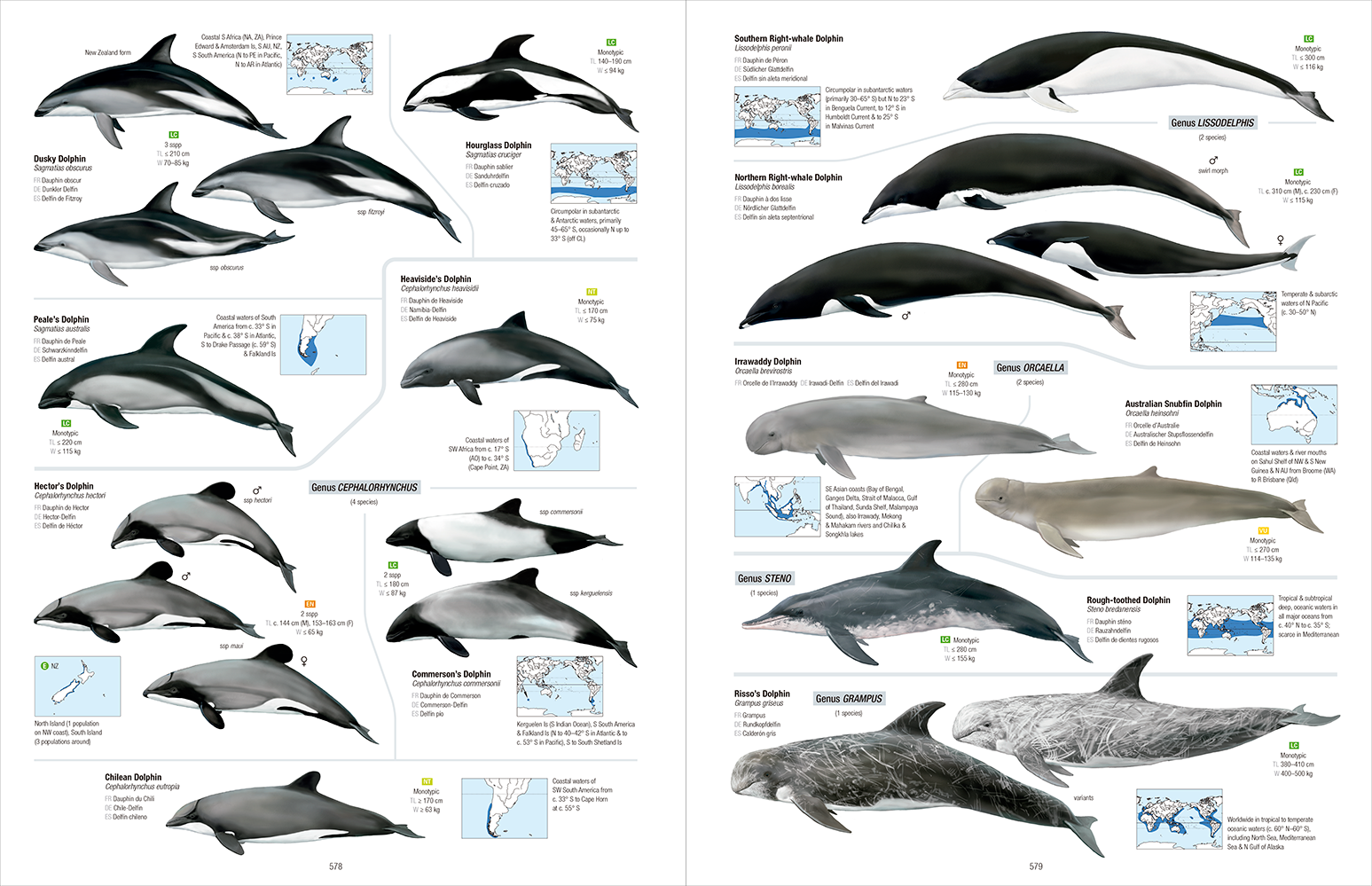
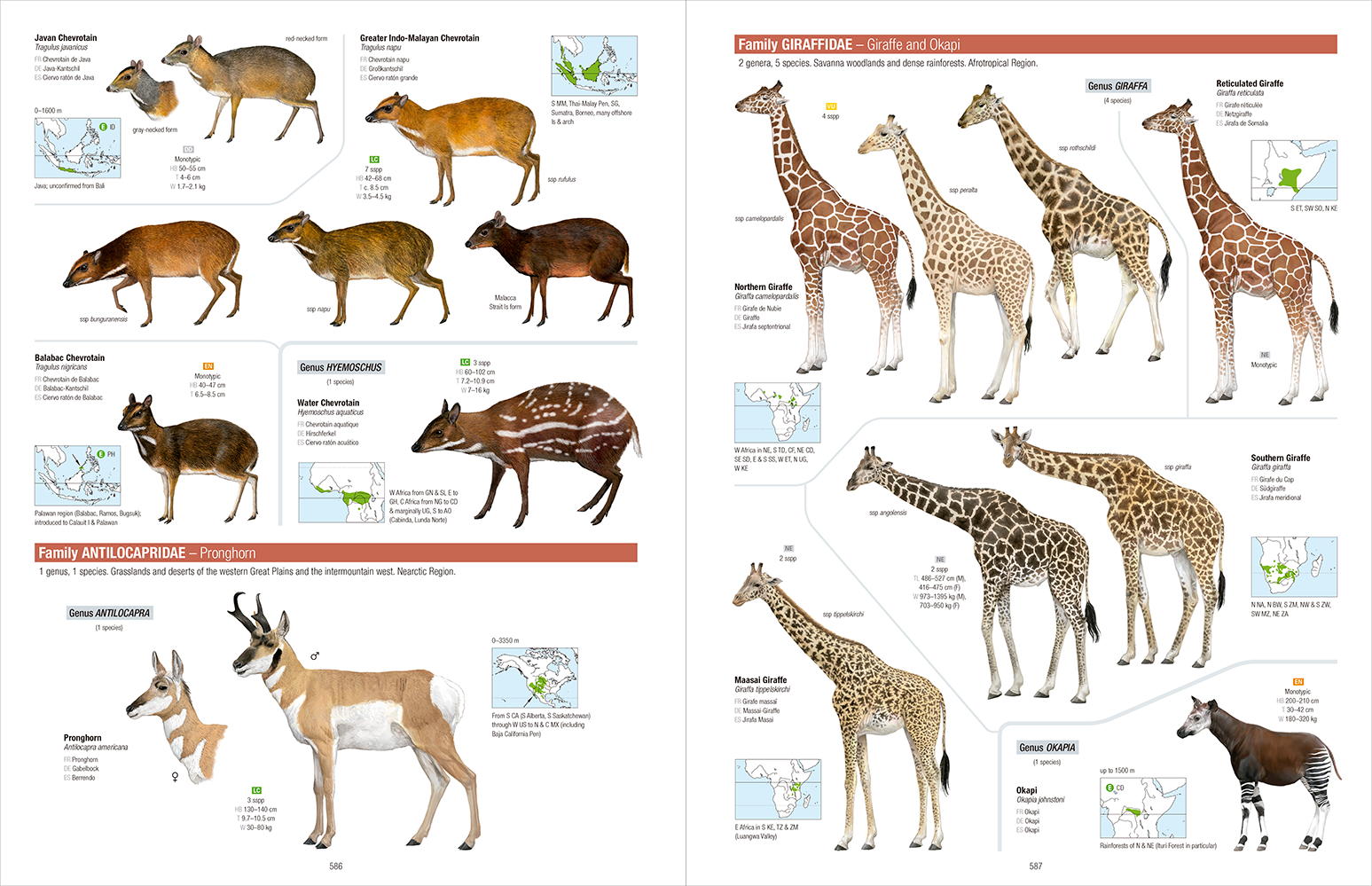
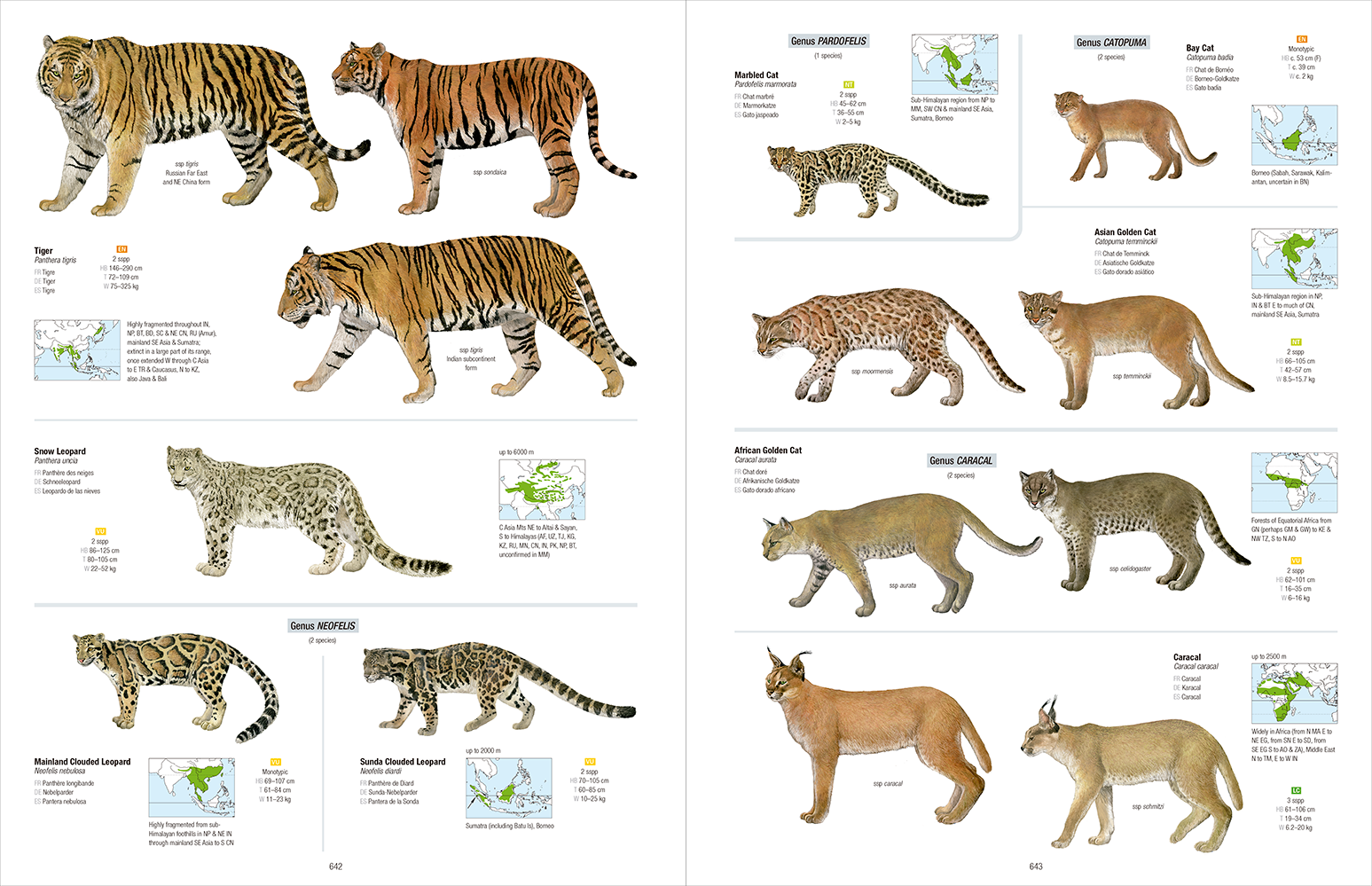
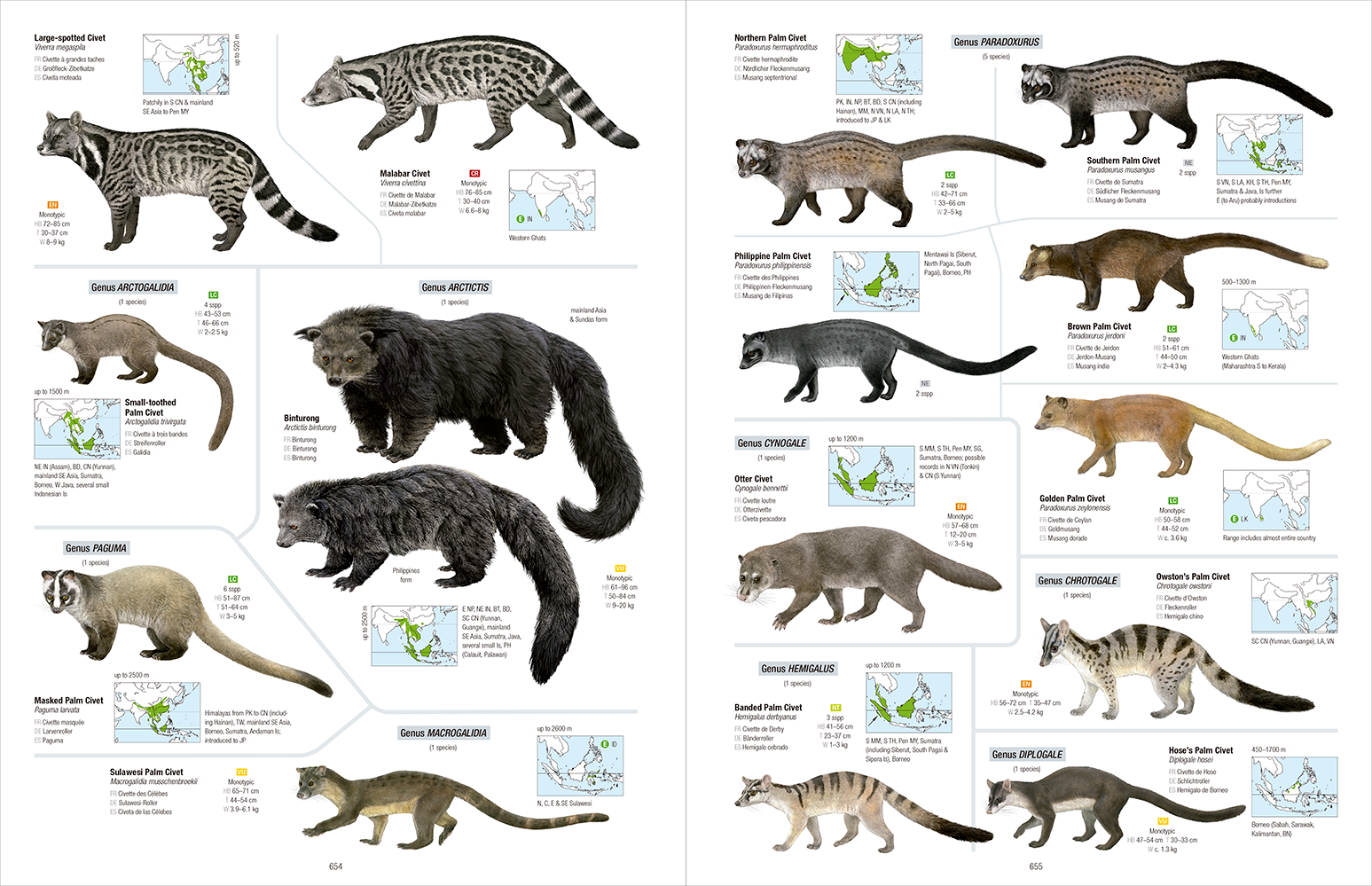
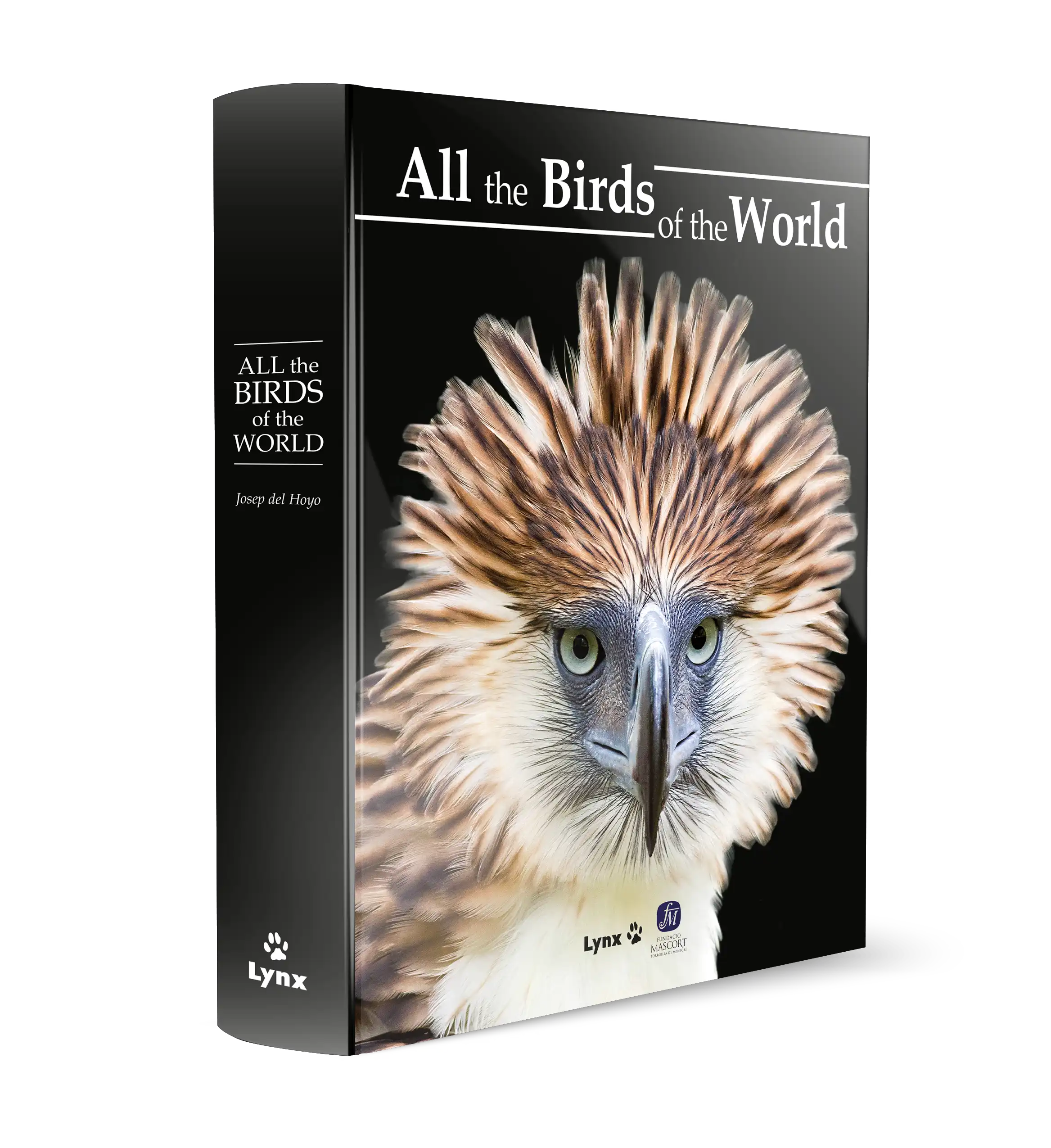
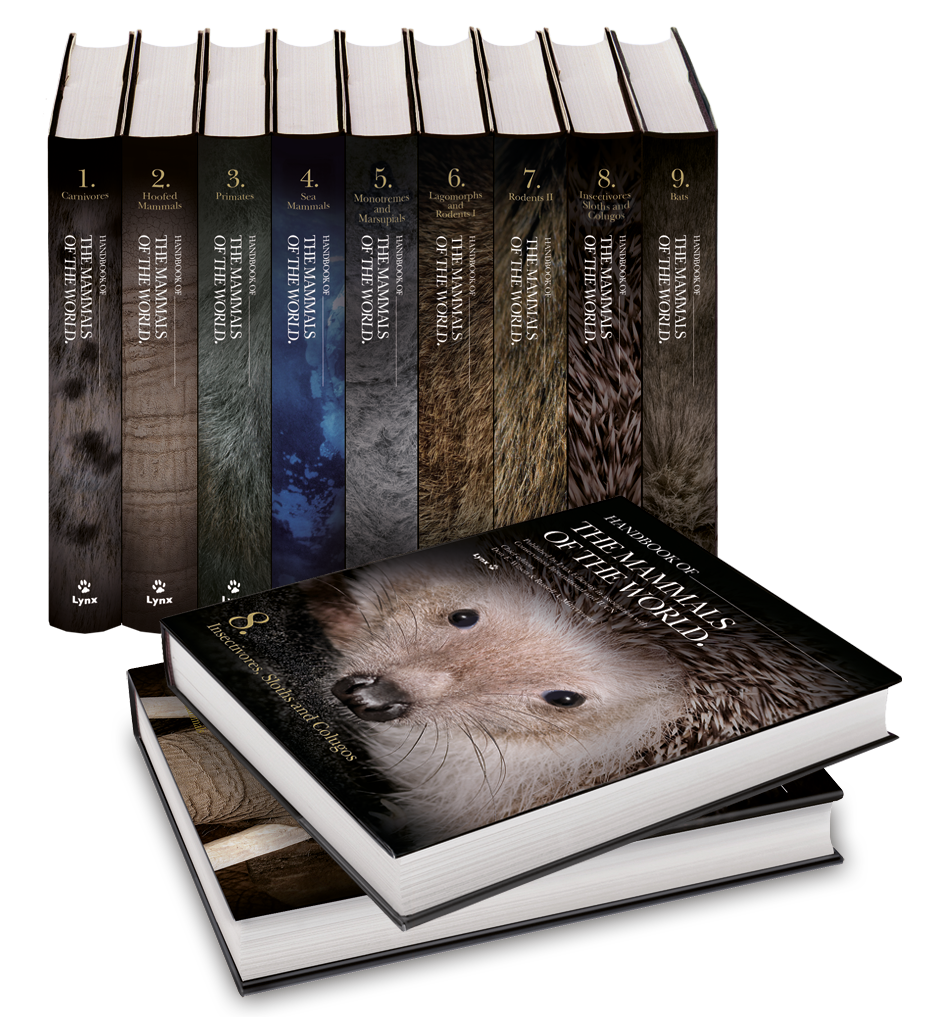
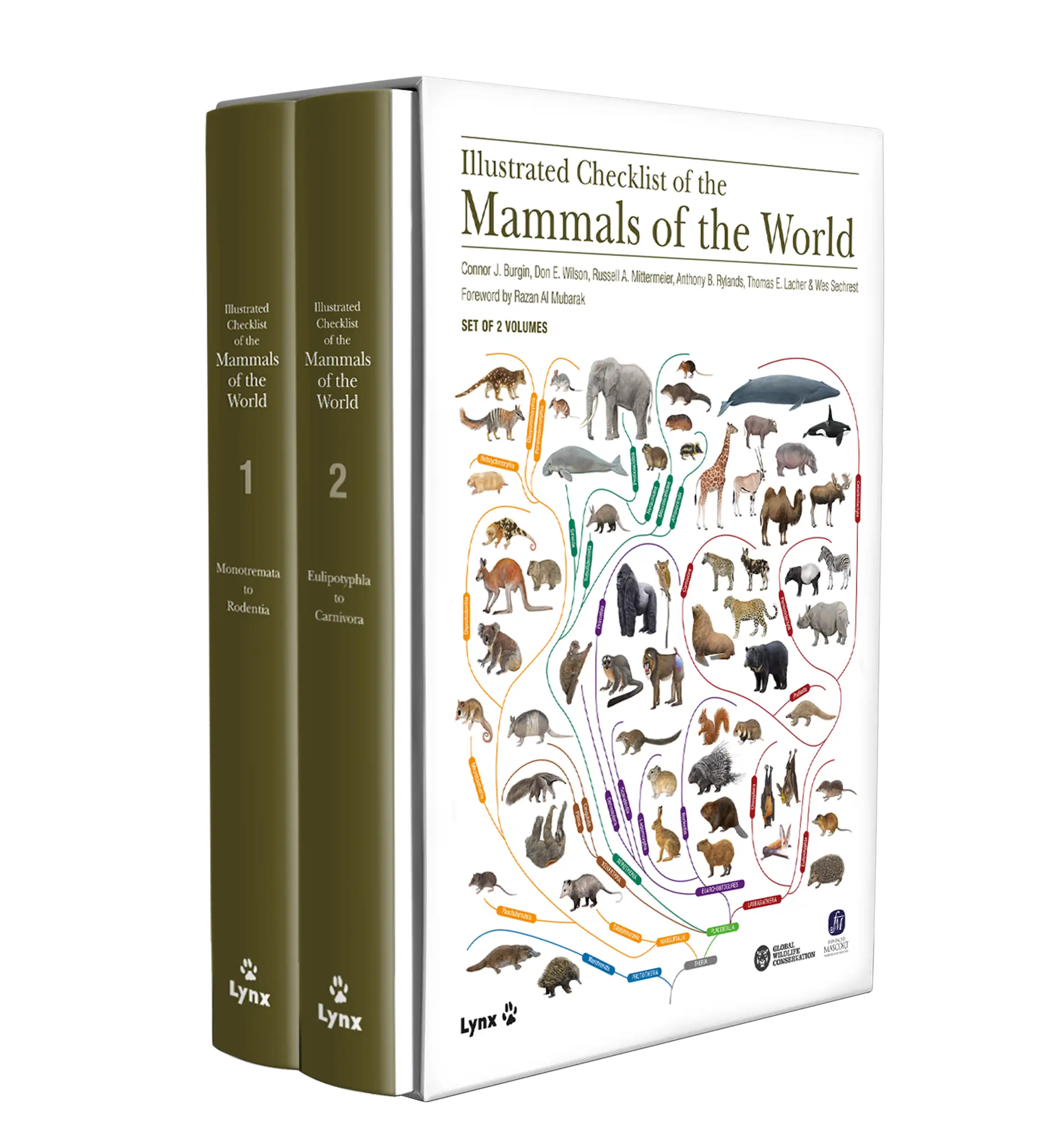
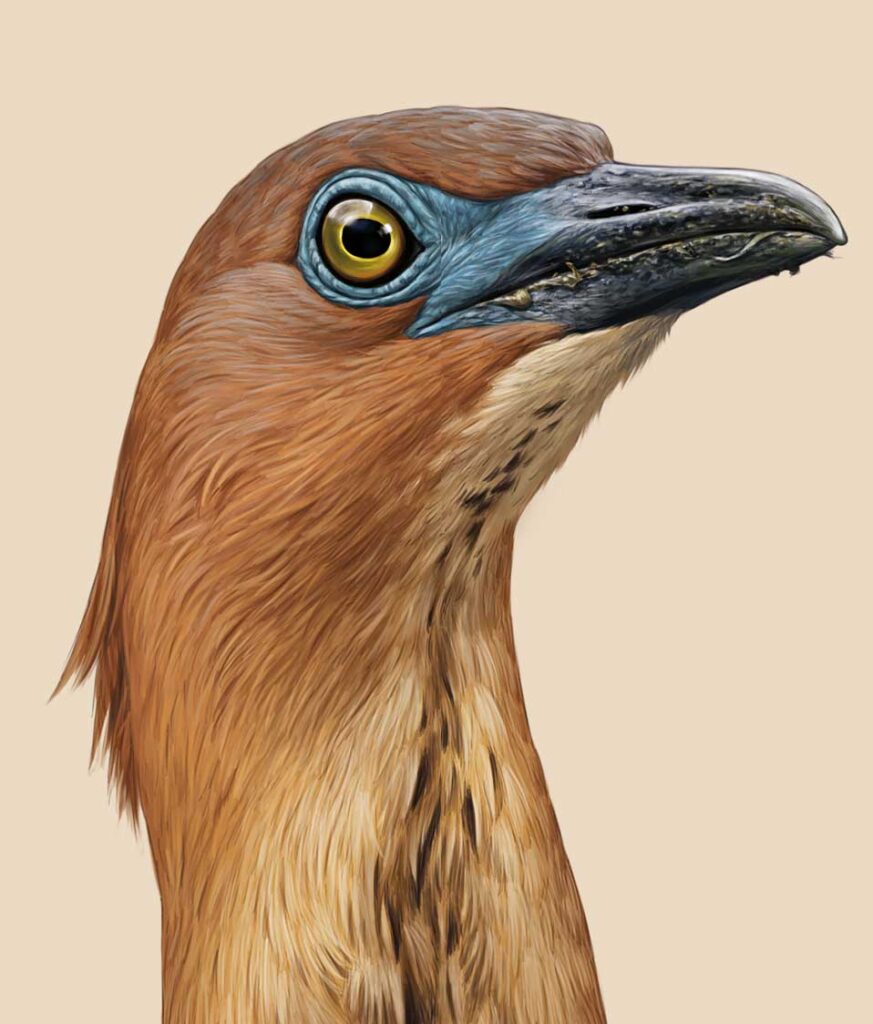
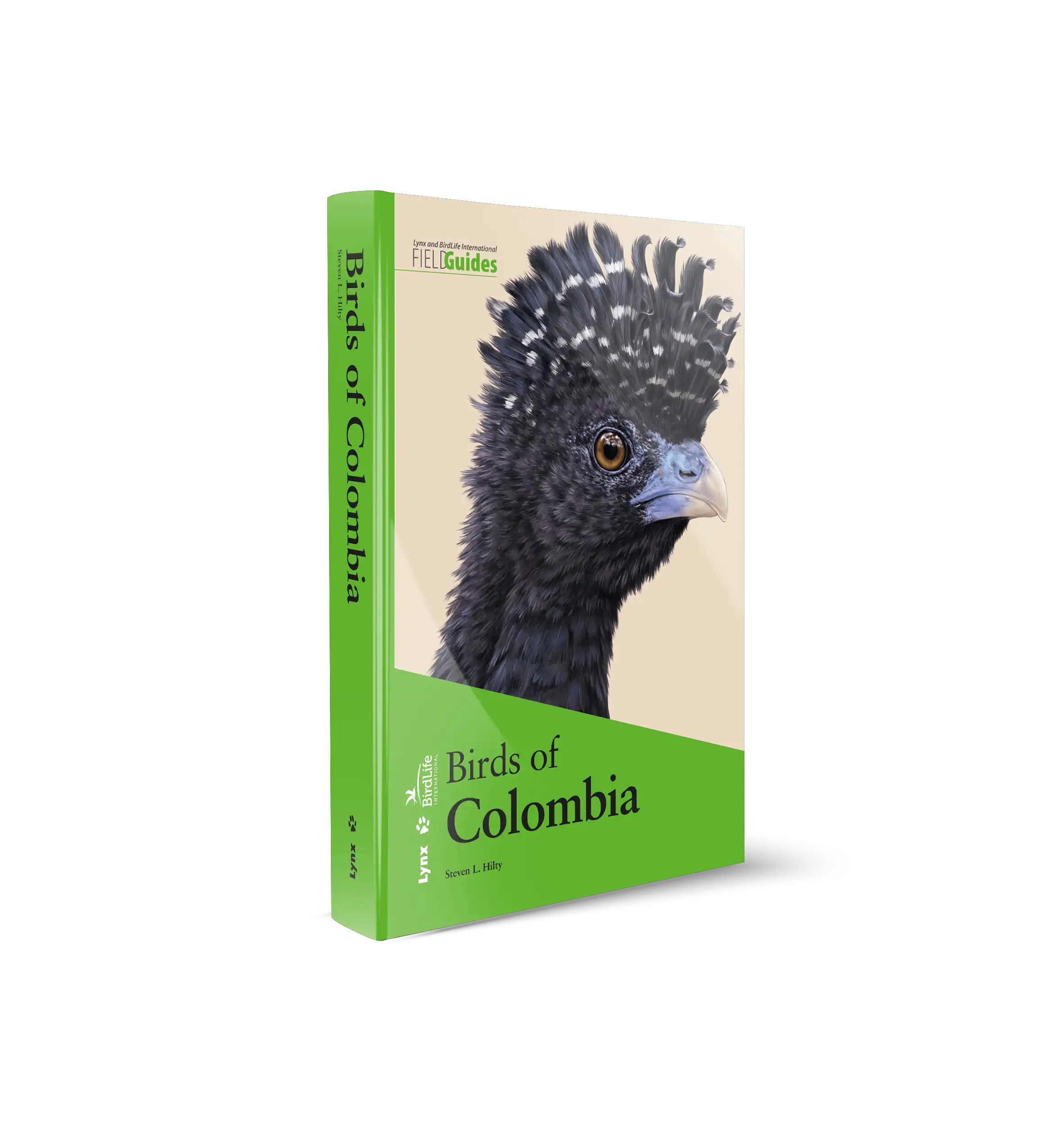
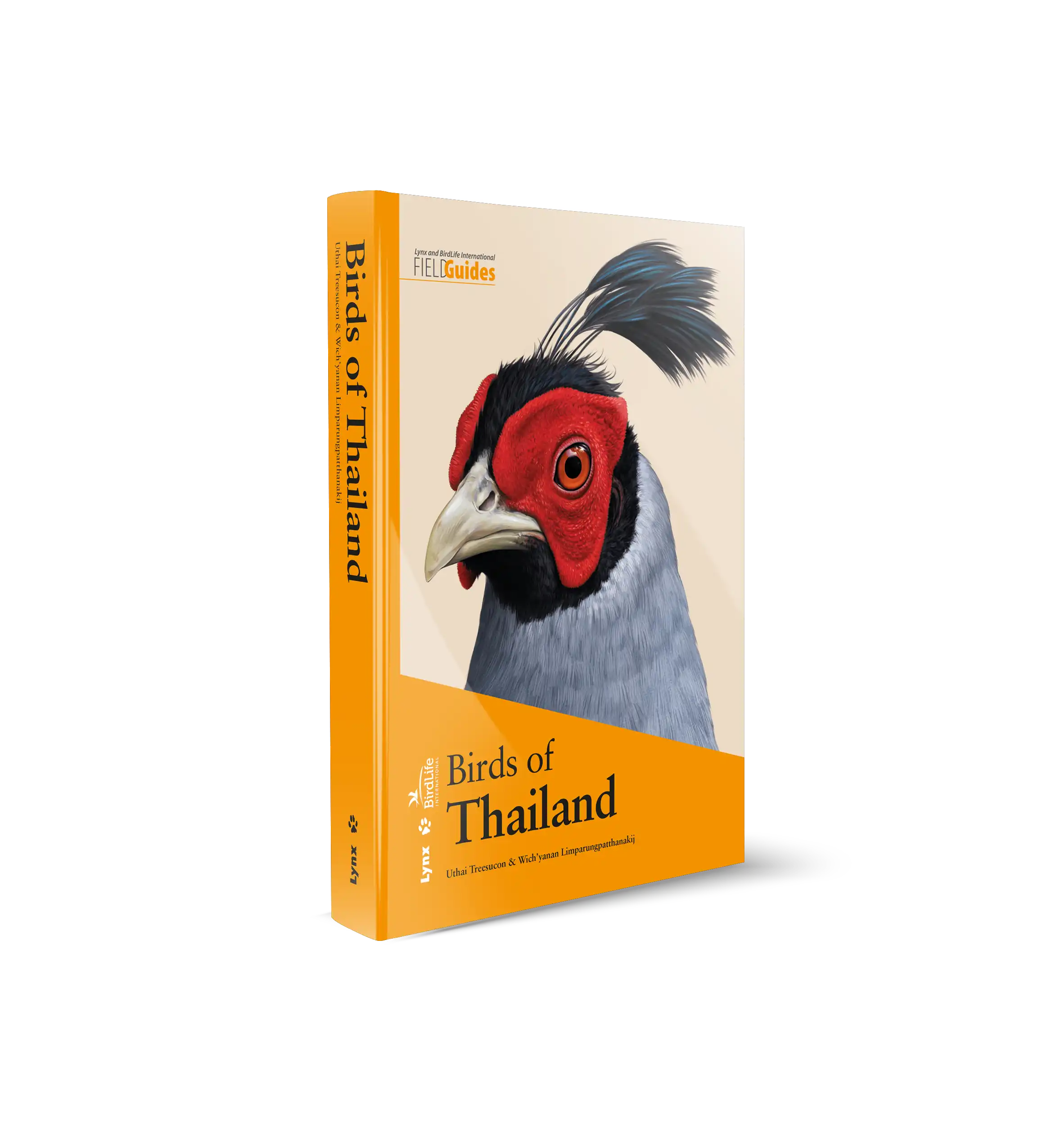
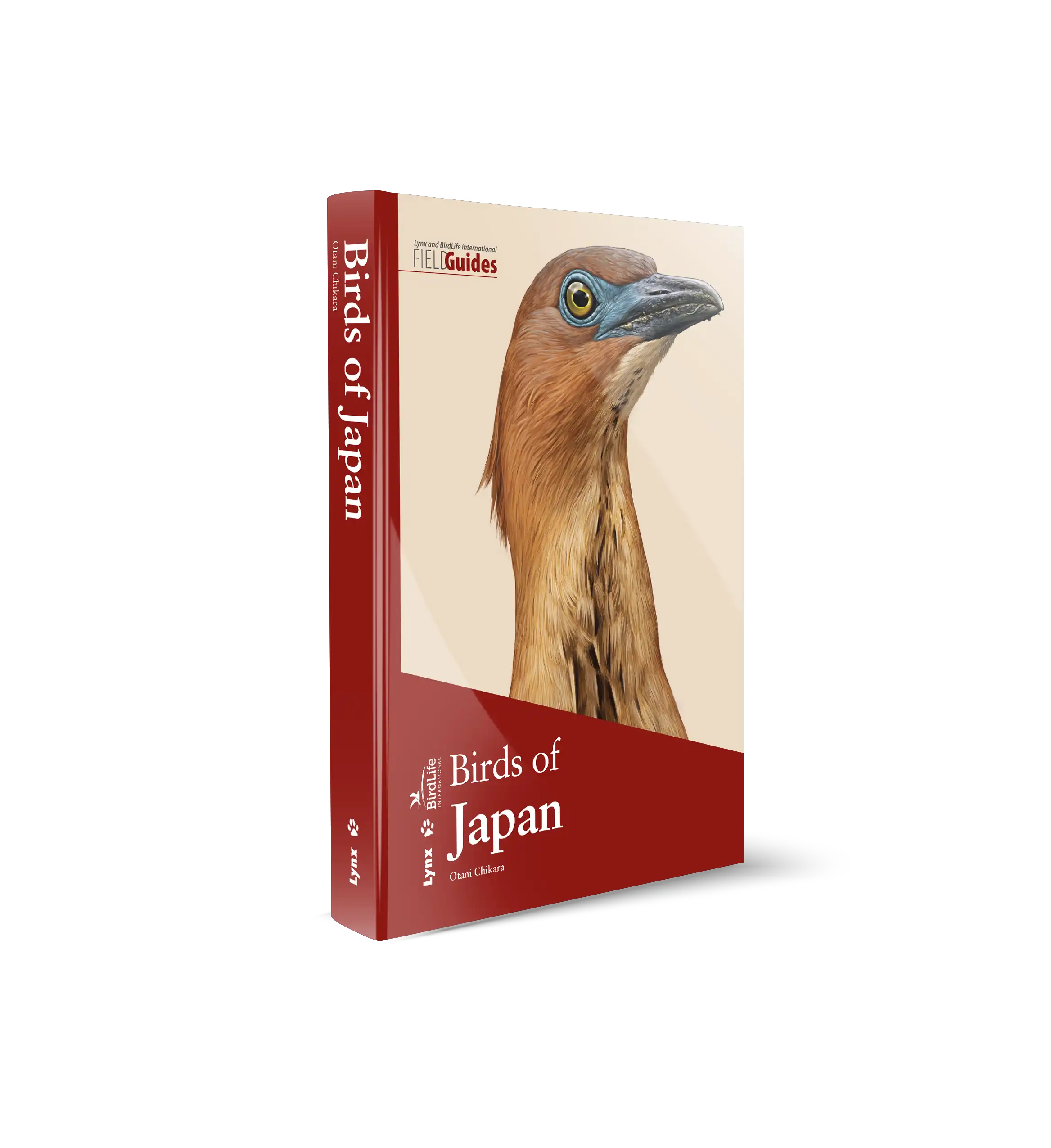








 Copyright 2026 © Lynx Nature Books
Copyright 2026 © Lynx Nature Books
Gehan de Silva Wijeyeratne –
In brief, a landmark publication for mammals and a superb reference for mammal watchers.
This book marks another significant milestone in natural history publishing. For the first time ever, within the covers of a single book one has good quality illustrations with a distribution map of all the known species of extant wild mammals. At the time of publication, this numbers 6,459 species in all, a number which will keep growing. The book includes 103 extinct species and 19 domestic species, covering 6,581 species in total. The material in the book is mind boggling with 7,439 illustrations covering sexual dimorphism and distinctive subspecies and morphs and 6,459 distribution maps.
I cannot help feeling a ripple of excitement when I thumb through ‘All the Mammals of the World’ (AMW). It is a special book and a world first. Wow, all the mammals of the world as it says on the tin. In addition to natural history books, I also enjoy popular science books on physics and astronomy. At the time of writing, the mainstream TV news has been covering exciting developments in scientists bottling anti-matter in terrestrial experiments and a renaissance in lunar and space exploration. In a way it is disquieting that the first really decent effort to contain the most popular group of animals, the mammals, within the pages of a single book, has happened only now. Furthermore, it is notable that this is not from a government agency with a multi-million dollar budget, but from a relatively small and specialist publisher in Barcelona. The story of Lynx Nature Books (descended from Lynx Edicions) is a ‘made for a movie’ story in itself of a small, heroic band of people who have had a global impact by bringing together science and the popular appetite for natural history books on a commercially viable business model. In a wider context, this book is a remarkable achievement, not just in natural history publishing, but in the human story of how we catalogue what we have in this precious and imperilled planet. As has often been said, its is hard to conserve without first naming and illustrating what we have and understanding their distributions. Books such as this become a part of the conservation toolkit.
I don’t expect the average person to get excited with the artwork on the rats and mice. However, many of the plates, at least of the larger and more distinctive mammals, have a certain aesthetic appeal, especially if you are pre-disposed towards natural history illustration or mammals. It is a pleasurable exercise to thumb through the book at random and see the colourful and wonderful diversity of mammals. One cannot but help day dream of the exciting mammal-watching expeditions one can indulge in, oh if only one had the time and money. Or to reminisce on past field trips and to check if a mammals you have seen before has now been split into a new species.
This book is the culmination and only possible as a result of the Handbook of the Mammals of the World (HMW) series which in 9 volumes was published in the ten years between 2009 and 2019. Some of the thunder for this book was stolen by the two volume ‘Illustrated Checklist of the Mammals of the World’, with Volume 1 (631 pages) and Volume 2 (535 pages) totalling 1,166 pages. AMW has the same shape 24 × 31 cm as the HMW and weighs in at a hefty 4.6kg. This is not a book you will be taking around in the day pack, but probably one that will be consulted regularly if you are one of the fortunate people who can indulge in a lot of wildlife-centric travel.
The new single volume book at 799 pages means it is 367 pages less compared to the Illustrated Checklists. So, something has had to give way. The loss of information is largely in the taxonomy notes being removed, to make the new single volume slimmer and also more appealing to a wider audience. This is a sensible compromise as readers who are interested in taxonomic references such as those in academia and those who write and photograph field guides like me can consult the earlier work or look up papers online. However, the new book is not a simple reduction of the Illustrated Checklists. Firstly, the taxonomy has been updated. Secondly the books contains 107 newly describes species and 106 split species. Thirdly, it has 37 pages of world atlas maps, a feature seen in other Lynx books. I like the atlas pages as they are useful to use in conjunction with the postage stamp sized, species distribution maps. The references have been severely pared back, but again this is not a huge loss given the more populist audience that is being targeted.
The front sections (pages 1 to 30) and end sections (pages 697 to 799) are not small totalling 130 pages, but are less than a fifth of the book with the bulk of the book being devoted to the species accounts. The species accounts are largely pictorially driven and follow a standard structure with each species having its English common name and Latin name being given prominence with names in French, German and Spanish also provided. The IUCN conservation status is provided as well as key measurements on length and weight and whether a species is monototypic or has distinct subspecies. The distribution map, often supplemented with abbreviated text, is probably the most useful piece of information to most mammal enthusiasts. A picture is worth a thousand words and the maps which shows the world-wide distribution of a species makes it very easy to see if a species is confined to a country, continent or island. It also makes it easier to unravel some of the recent taxonomic splits. However, as in the HMW series, the distribution of subspecies is not marked on the maps. I suspect this is because this would have been too great an undertaking given how volatile subspecies classifications are with ongoing molecular work.
On the plates, a species is surrounded by a thin grey border and the species contained with a genus are encapsulated by a thicker grey border. The genus is made prominent in capital letters in a shaded box with the number of species in that genus indicated. The family divisions are highlighted in large white text on an orange background with the number of genera and species indicated. As with other comparable books by Lynx, the information is rendered easy to navigate visually. Post Covid-19, I have visited West Africa and East Africa. For various reasons, most mammals field guides are quite dated at the time of writing and I found this book quite useful to quickly get a handle on the current taxonomic treatment of species. Even with larger mammals such as the Vervet Monkeys (genus Chlorocebus) and Red Colobus Monkeys (genus Piliocolobus) this book was a useful reference to be exactly sure of what I had photographed.
The front sections contain a brief introduction to the taxonomic divisions, an explanation of the concept of a monophyletic group and a phylogenetic diagram based on DNA sequencing. The subclasses (2), orders (27) and families (160) are listed. The end sections include appendices on Extinct Species (Appendix 1) for extinctions post 1,500 AD, Domestic species (Appendix 2) and Taxonomic Changes and Controversies in Mammalogy (Appendix 3). Appendix 6 on the One-country Endemics is interesting and sees Indonesia, Australia, Brazil, Madagascar, Mexico, China, Philippines and the USA in the top eight countries with more than 100 species that are endemic to a country. The ranking by political unit is interesting but has to be interpreted with care as New Guinea for example is split between Papua New Guinea and Indonesia. Even countries like Portugal make the list with one endemic species.
This book and the Illustrated Checklists cannot be a substitute for a regional or country-level field guide for use in the field. But outside of rodents such as rats and mice, and other smaller mammals such as the bats, many of the other mammals if seen in the field can often be narrowed down to species level using the illustrations and the distribution maps. An electronic version that can be viewed on a phone app would be a handy product extension given that the book itself is too heavy to be taken around. If you already have the nine volume Handbook of the Mammals of the World and the two volume Illustrated Checklist of the Mammals of the World, do you still need this book? I suspect most mammal enthusiasts would want to complete the collection of titles as there is no knowing when another single compendium will supercede this remarkable book.
Fynn Zade –
Very nice book ! I just love looking in the book to see what animals there are in the world. You can also easily count which species you have already seen and look at related species.
TULOUP YVES (verified owner) –
Superbe livre, complet aussi magnifique que celui sur les oiseaux
Juste un tout petit reproche : une illustration pour les espèces disparues et domestique aurait été sympa
Livraison rapide dans un emballage solide faite dans des délais très courts par Fedex avec un suivi remarquable